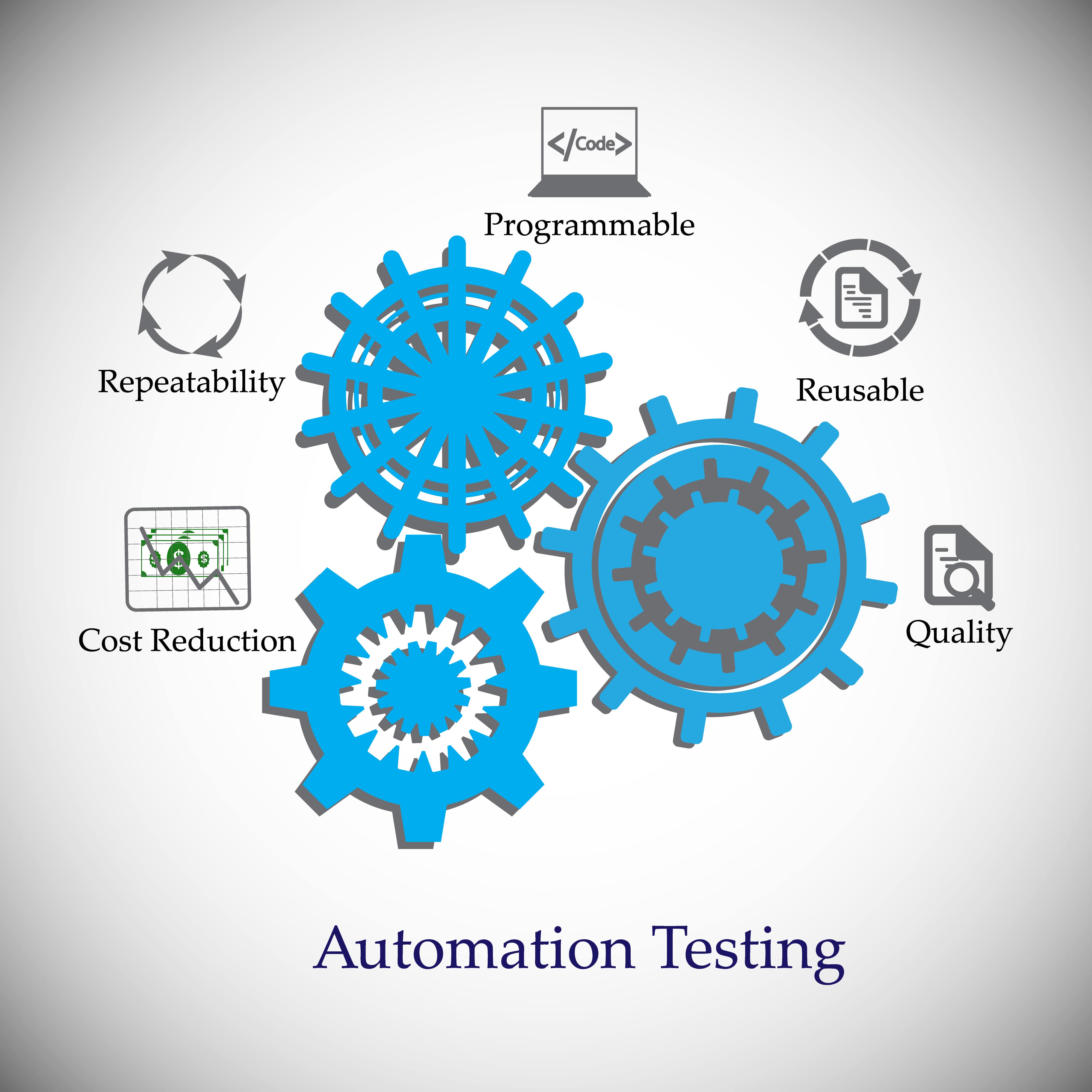The Best Guide to Implementing Automation Testing Effectively
The Best Guide to Implementing Automation Testing Effectively
Blog Article
From Guidebook to Automated Screening: A Comprehensive Guide to Transitioning Smoothly and Successfully
In the world of software program testing, the shift from manual to automated processes has actually come to be a significantly important shift for companies seeking to boost performance and precision in their testing practices. The journey from manual to automated screening is not without its difficulties, however when come close to tactically and with a clear strategy in mind, the benefits can be considerable.
Advantages of Automated Testing
Automated testing offers numerous benefits, enhancing effectiveness and accuracy in software program growth procedures. Automated tests can be run all at once on multiple devices and running systems, considerably speeding up the testing phase compared to hand-operated testing.
Furthermore, automated screening guarantees a higher degree of precision in detecting problems. Given that automated examinations follow predefined scripts, human mistake is decreased, leading to more reliable examination outcomes. Consistency in screening is also boosted, as automated examinations implement the exact same actions exactly each time they are run. This uniformity is critical in guaranteeing that all performances of the software application are extensively examined, decreasing the probability of unnoticed pests sliding with to production.
Choosing the Right Tools

First of all, assess your demands and objectives. Recognize the extent of your task, the technologies involved, and the ability of your group. This evaluation will certainly help you identify the capacities and features you require in your testing devices.
Secondly, take into consideration the compatibility of the tools with your existing systems and procedures. Smooth assimilation with your current software advancement lifecycle is necessary to make certain a smooth change to automation.
Additionally, examine the scalability and versatility of the devices. As your testing needs evolve, the devices should have the ability to adjust and fit adjustments properly.
Finally, consider the assistance and community around the tools. Robust assistance and an active customer area can offer important resources and assistance when carrying out automated screening. By carefully thinking about these facets, you can pick the right devices that straighten with your demands and established the stage for an effective transition to automated screening.
Composing Reliable Examination Scripts

When crafting test scripts, it is important to take into consideration the particular requirements of the software being tested and make sure that the manuscripts deal with all crucial capabilities. Detailed and clear naming conventions for test manuscripts and test instances can boost readability and maintainability. In addition, integrating mistake handling mechanisms within the test scripts can help in identifying and attending to issues without delay.
In addition, organizing examination scripts right into modular parts can improve reusability and scalability, minimizing redundancy and enhancing performance in test manuscript upkeep. Normal evaluations and updates to examine scripts are crucial to equal evolving software program requirements and performances. By following these concepts, testers can create efficient and durable test manuscripts that contribute considerably to the success of automated screening procedures.
Integrating Automation Into Workflows
By perfectly incorporating automated screening tools like Selenium or Appium right into the software application development lifecycle, groups can attain faster feedback on code modifications, leading to quicker insect discovery and resolution. This combination allows for continual testing throughout the advancement procedure, guaranteeing that any type of problems are identified early on, resulting in greater software program top quality. Appropriate assimilation of automation tools requires cooperation between advancement, testing, and procedures teams to develop a unified process that enhances effectiveness and effectiveness in providing premium directory software program items.
Making Sure a Smooth Change
Efficiently transitioning to automated testing involves precise planning and cautious implementation to minimize disturbances and make best use of performance in the software application development procedure - automation testing. To guarantee a smooth transition, it is crucial to start by performing an extensive assessment of the present testing processes and determining areas where automation can bring the most substantial benefits. Involving with all stakeholders at an early stage at the same time, including developers, testers, and task supervisors, is important for garnering assistance and buy-in for the automation initiative
Communication is crucial during this transition phase. Clear interaction of the goals, advantages, and assumptions of automated screening helps to take care of any type of resistance or problems that may arise. In addition, giving appropriate training and resources for group participants to upskill in automation devices and methods is vital for making certain an effective shift.

Verdict
In verdict, transitioning from manual to automated screening uses various advantages, including raised efficiency and dependability. By picking the suitable devices, composing reliable test manuscripts, and incorporating automation flawlessly into workflows, organizations can guarantee a successful and smooth transition. It is necessary to accept automation as an important property in software application testing processes to boost overall quality and productivity.
In the world of software application testing, the shift from guidebook to automated procedures has become a significantly essential transition for companies seeking to boost effectiveness and precision in their testing techniques. Automated examinations can be run at the same time on numerous tools and operating systems, significantly speeding up the testing stage compared to manual testing. Uniformity in testing is likewise improved, as automated examinations execute the same actions specifically each time they are run.To make my explanation certain the successful application of chosen screening devices, the creation of reliable examination scripts website here plays an essential role in confirming the capability and efficiency of automated procedures - automation testing. By following these concepts, testers can create efficient and robust examination manuscripts that contribute dramatically to the success of automated testing processes
Report this page